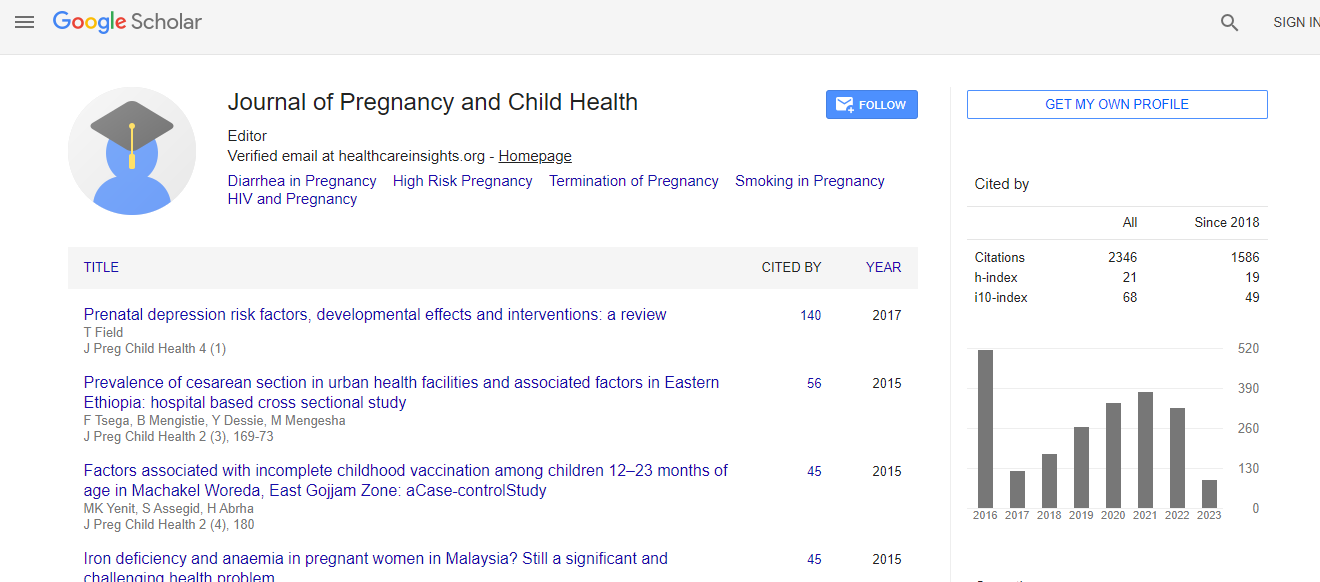Research Article
Assessment of Sexual Harassment and Associated factors Among Grade 9-12 Female Students at Schools in Ambo District, Oromia National Regional State, Ethiopia
| Ejeta Eshetu* | |
| Ambo University, College of Medicine and Health Sciences, Ambo, Ethiopia | |
| Corresponding Author : | Ejeta Eshetu Ambo University, College of Medicine and Health Sciences, Ambo, Ethiopia Tel: 251910147242 E-mail: eejeta@yahoo.com |
| Received: February 01, 2014; Accepted: April 09, 2015; Published: April 10, 2015 | |
| Citation: Eshetu E (2015) Assessment of Sexual Harassment and Associated factors Among Grade 9-12 Female Students at Schools in Ambo District, Oromia National Regional State, Ethiopia. J Preg Child Health 2:145. doi: 10.4172/2376-127X.1000145 | |
| Copyright: © 2015 Eshetu E. This is an open-access article distributed under the terms of the Creative Commons Attribution License, which permits unrestricted use, distribution, and reproduction in any medium, provided the original author ands source are credited. | |
Abstract
Research question: What is the prevalence of the sexual harassment and various factors influencing it in school?
Setting: Secondary and preparatory school of Ambo district.
Study Design: Institutional based cross-sectional study design with qualitative study design.
Participant: All female students from grade nine to twelve found in Ambo Secondary and Preparatory School (n=414)
Methodology: out of 1631 regular female students in the Schools, 414 were selected by stratified sampling technique. Data were collected using structured pre tested questionnaires with Focus group discussion guide and entered into EPI Info then exported to stastical package for social sciences for analysis.
Result: Prevalence of sexual harassment among female students in school through their school life and past twelve months were 147(35.5%) and 138(33.3%), respectively. Having peer relationship problem, parents not living together and had ever chewed khat were statistically significant with last twelve months sexual harassment in school. Therefore, ongoing awareness creation, preventive measure, and law enact are essential.

 Spanish
Spanish  Chinese
Chinese  Russian
Russian  German
German  French
French  Japanese
Japanese  Portuguese
Portuguese  Hindi
Hindi 
